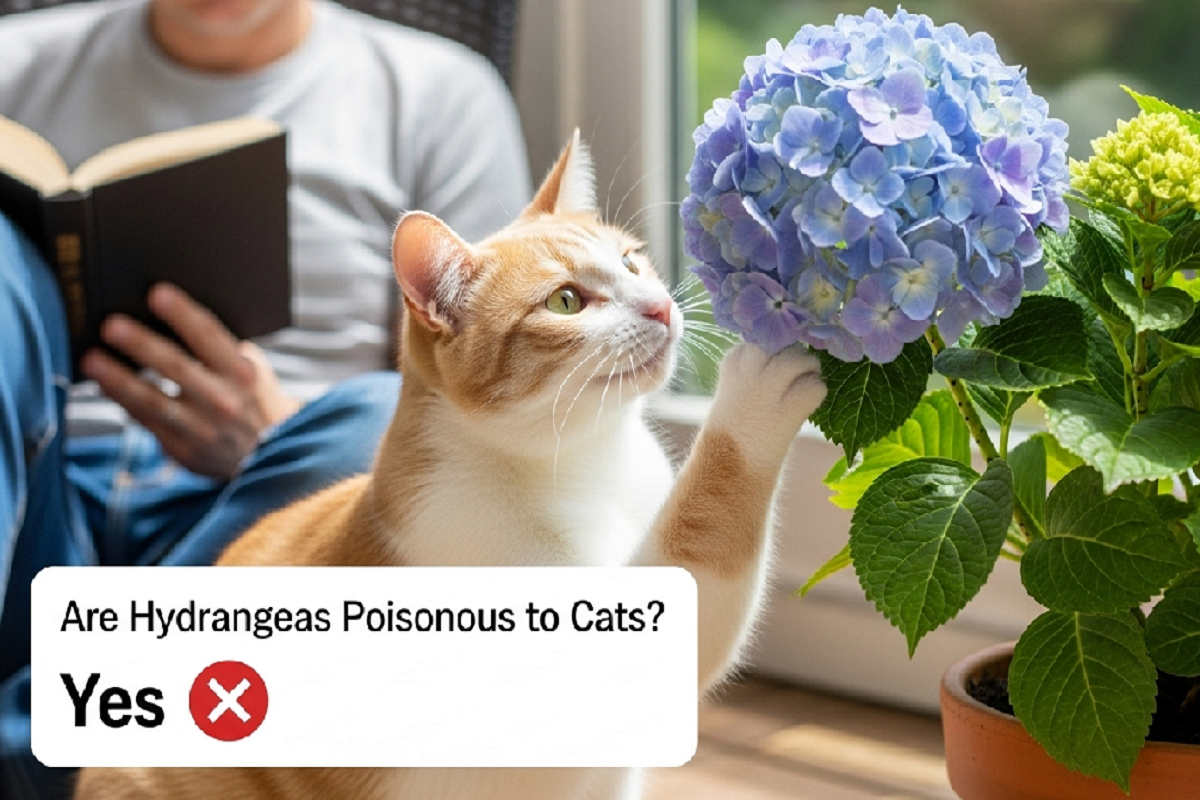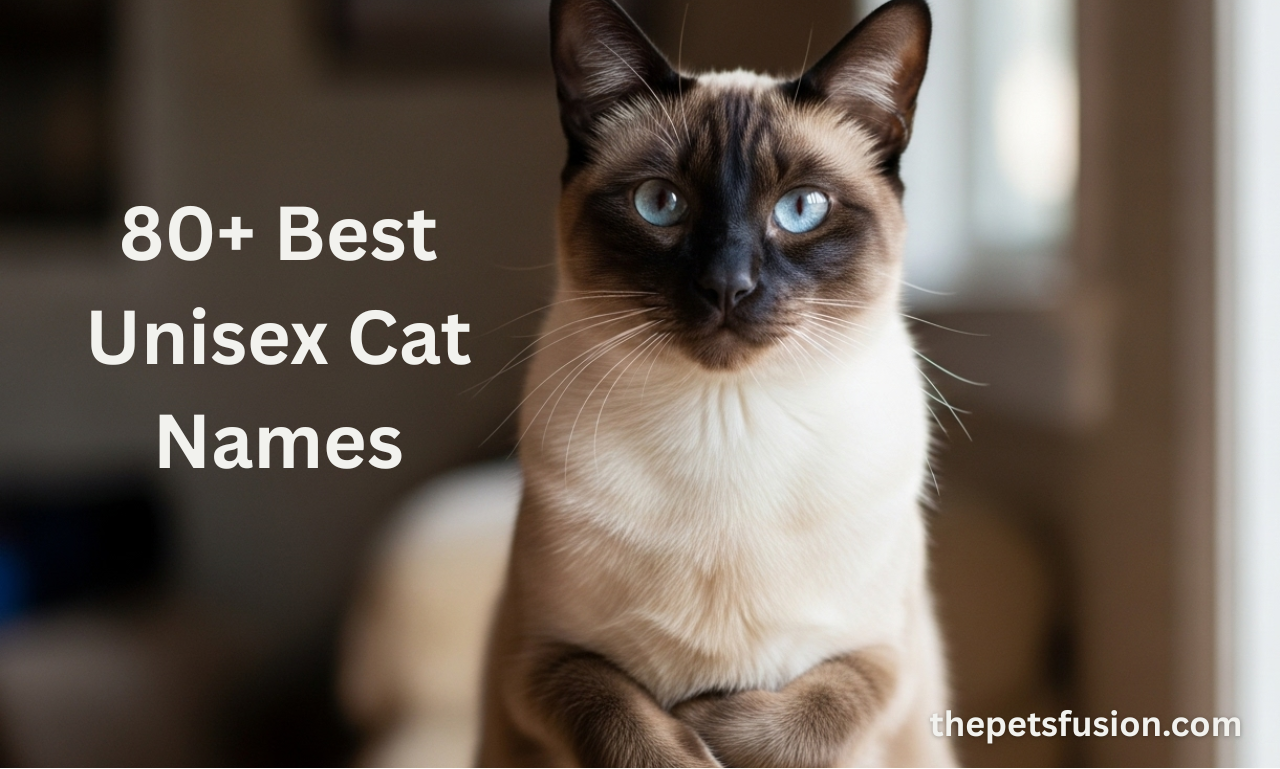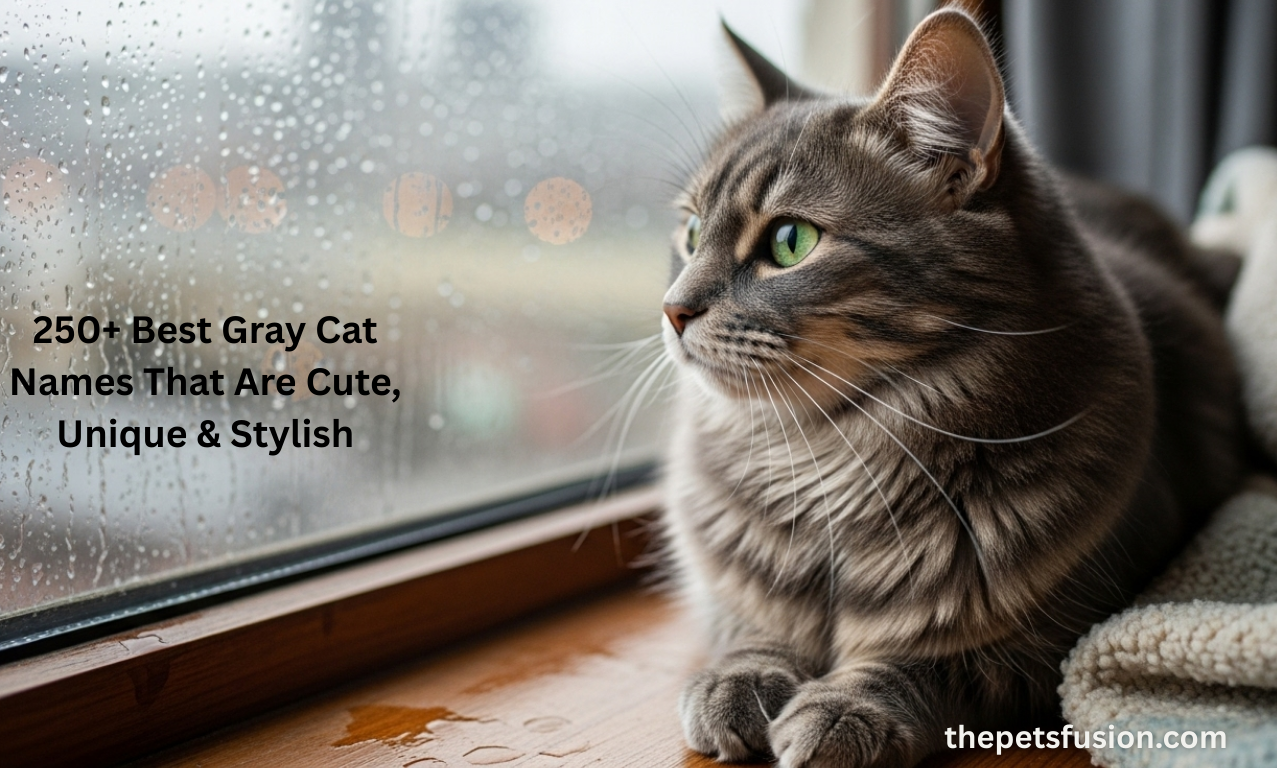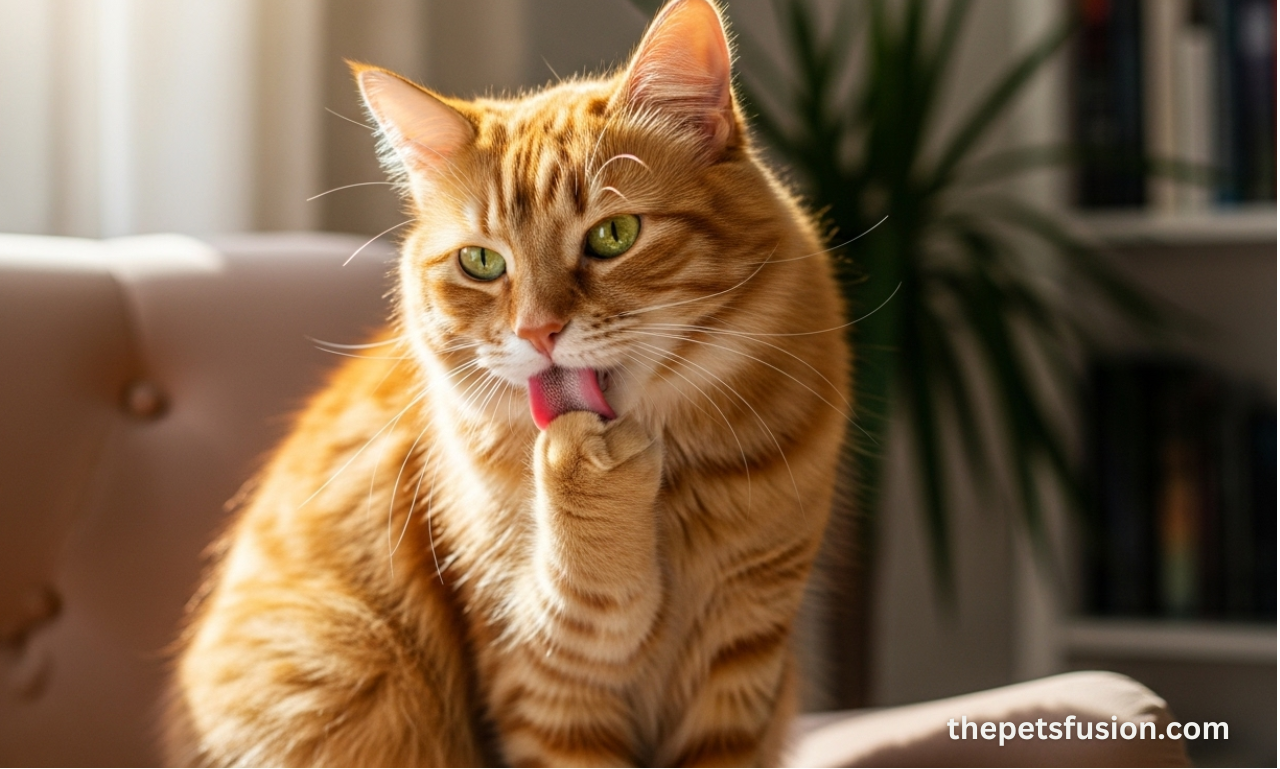Bringing home a new kitten is one of life’s greatest joys. Those tiny paws, playful pounces, and sweet purrs are simply irresistible. But along with all the cuddles comes a big responsibility—you now have to make essential choices for your little one’s health, starting with their diet.
If you’ve ever stood in the pet food aisle, overwhelmed by the endless choices, you’re not alone. Selecting the right food and treats for your kitten can seem complicated. But don’t worry! In this guide, we’ll walk you through choosing the best kitten food and treats to keep your tiny furball happy, healthy, and energetic.
Why Proper Nutrition Is So Important for Kittens
Kittens aren’t just mini versions of adult cats. They’re growing incredibly and need particular nutrients to support their development. During the first year of life, your kitten’s body works overtime—building strong bones, developing muscles, and maturing vital organs.
Because of all this growth, kittens require:
- More calories than adult cats
- Higher levels of protein and fat
- Key nutrients like DHA for brain development and vision
- Balanced vitamins and minerals to support a healthy immune system
Choosing the right food now sets the foundation for a lifetime of good health. And just as important, learning how to choose the 5 best kitten food and treats ensures you’re giving your kitten something to eat and everything they need to thrive.
When Should a Kitten Start Eating Solid Food?
Kittens usually begin weaning from their mother’s milk around 4 weeks and should be fully weaned by 6 to 8 weeks old. Once weaned, they’re ready for specially formulated kitten food—not cow’s milk or homemade substitutes. (In fact, cow’s milk can upset a kitten’s stomach!)
Starting your kitten on the right food early helps them develop healthy eating habits and supports their rapid growth.
Pro Tip: Look for foods explicitly labeled for “growth” or “for kittens” — not adult maintenance formulas!
How Much Food Should Your Kitten Eat?
Kittens may be tiny, but their appetites are mighty! Here’s a rough guide based on their age:
- 8 weeks to 6 months: Free-choice feeding is often recommended. Leave dry food so your kitten can nibble whenever they feel hungry, and supplement with wet meals twice daily.
- 6 months to 1 year: Transition to meal feeding—generally two to three meals daily.
- After one year, your kitten becomes an adult cat, and it’s time to switch to adult cat food with portioned meals.
Remember, every kitten is different. Pay attention to their body condition (they should look lean, not chubby or scrawny), and consult your vet if you’re unsure.
Also, fresh water should always be available, especially if they primarily eat dry kibble.
What to Look for When Choosing Kitten Food
Don’t just grab the first bag with a cute kitten on the front when browsing options. Read the label carefully! Here’s what to prioritize when learning how to choose the best kitten food and treats:
1. High-Quality Protein Sources
Meat should be the first or second ingredient listed. Good kitten foods include real chicken, turkey, salmon, or lamb. Protein fuels their growth and supports muscle development.
2. Balanced Fat Content
Healthful fats, like chicken fat and fish oil, give us energy and the essential fatty acids our bodies need. DHA is a type of omega-3 fat that is very important for the growth of the brain and eyes.
3. AAFCO Approval
Look for a statement like:
“Made to follow the nutrition standards set by AAFCO for growing cats and breeding. “
This ensures the food meets recognized nutritional standards.
4. No Fillers or By-Products
Bypass foods are heavy in corn, wheat, soy, and meat by-products. While not inherently dangerous, these ingredients offer less nutritional value.
5. Complete and Balanced Formula
Your kitten’s food should provide all the necessary nutrients without extra supplementation. For everyday feeding, always opt for “complete and balanced” formulas over “treat” or “supplement” products.
How to Choose the Best Treats for Kittens
Treats are the cherry on top of a healthy kitten diet. They’re not essential, but they sure are fun! Here’s what to know when figuring out how to select the best kitten food and treats:
Pick Treats Designed for Kittens
Not all cat treats are suitable for growing kittens. Choose soft, small-sized treats formulated with kittens’ delicate teeth and nutritional needs in mind.
Keep Treats to 10% of Daily Calories.
Treats should be an occasional reward, not a meal replacement. Too many treats can unbalance your kitten’s diet or contribute to weight gain.
Look for Healthy Ingredients
Choose treats made with real meat, free of artificial colors, flavors, and excessive preservatives. Some treats have added health benefits, like promoting strong bones or shiny coats.
Use Treats for Training
Positive reinforcement using treats is a fantastic way to teach kittens good behaviors early. Just remember: moderation is key!
Common Mistakes to Avoid When Feeding a Kitten
Even the most loving kitten parents can slip up! Here are some common pitfalls to watch for:
- Feeding adult cat food too soon: It doesn’t have enough calories or nutrients for a growing kitten.
- Offering too much human food: Many human foods are unsafe for cats and can upset their delicate stomachs.
- Skipping vet advice: Always consult your vet before making significant changes to your kitten’s diet, especially if they have special health needs.
- Forgetting about hydration: Cats naturally have a low thirst drive. Ensure they get enough water, especially if they mainly eat dry food.
Vet-Recommended Kitten Food Brands
If you need a starting point, here are a few trusted brands often recommended by veterinarians:
- Purina Pro Plan Kitten Food (Dry/Wet)
- Royal Canin Kitten Food
- Hill’s Science Diet Kitten Food
- Blue Buffalo Healthy Growth Kitten Formula
- Wellness Complete Health Kitten Food
These brands balance high-quality ingredients, palatability, and proven nutritional science.
A Quick Word About Human Foods for Kittens
A few small bites of safe fruits and veggies like cooked carrots or blueberries are okay for older kittens but remember—cats are obligate carnivores. Their diets must primarily be based on animal protein.
Never feed kittens:
- Onions or garlic
- Chocolate
- Grapes or raisins
- Alcohol or caffeine
- Raw dough
If in doubt, always double-check before sharing a snack!
Related: Why Do Cats Eat Plastic? 3 Vet-Approved Reasons & How to Stop It
Final Thoughts: Give Your Kitten the Best Start
Choosing the best kitten food and treats is one of the most important parts of raising a happy, healthy cat.
The first year of your kitten’s life is full of critical milestones, and giving them top-quality nutrition now paves the way for strong bones, a healthy immune system, shiny fur, and a playful spirit that lasts for years to come.
Take the time to read labels, offer a mix of wet and dry foods, and sprinkle in a few tasty (healthy!) treats. The most important thing is working with your vet to create a diet that fits your kitten’s needs. With good food, patience, and much love, you will be surprised at how your small fluffy kitten grows into a strong, confident, and healthy cat!






